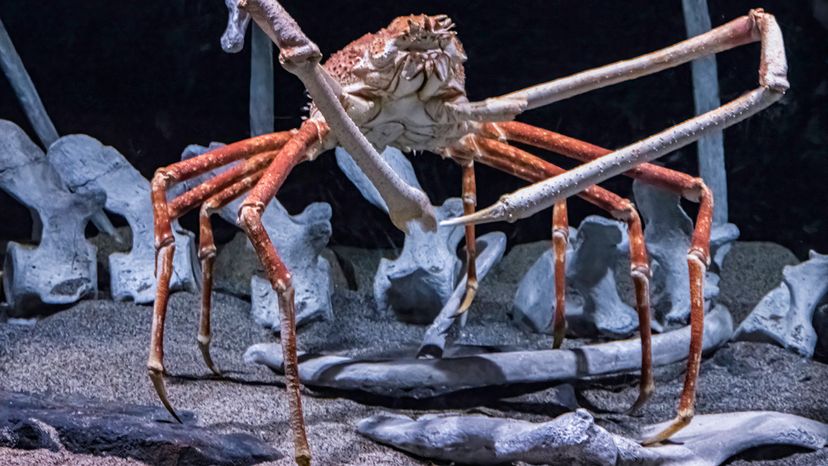
Known for their long legs, pincers and hard shells, most crustaceans are omnivorous scavengers, although some are predators or vegetarians. Either way, a steady diet can assist certain crab species in growing to incredible sizes.
The biggest crab in the world, the Japanese spider crab, is capable of achieving a leg span of more than 13 feet (4 meters) across.
Advertisement
Read on to get better acquainted with the Japanese spider crab, plus discover eight more of the largest crabs out there.